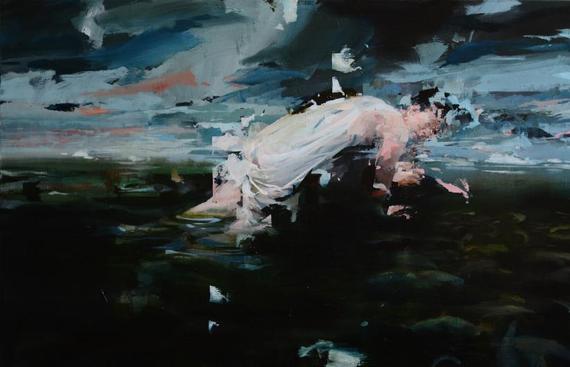

I came to the U.S. In 1983, so at this point I have lived here the larger portion of my life: all of it in Philadelphia. When I left Russia I was 20 years old so, of course, I have memories of it. They are more sensorial memories than factual or narrative. I remember how things looked, their colors the light, the shadows, the smells, the textures. This filters into my work because these memories have emotional associations for me.
For example, I remember what color the shadows are on a cold snowy January morning and I know exactly how it feels. Or the smell of a certain particular variety of bread which also has a stable emotional association for me. In my paintings, when I want a certain particular emotional climate I use this library of my sensorial memories of that place in the past. Interestingly, it turns out that you don't have to have the same memories, the same past to be able to perceive the emotional significance they have to me.
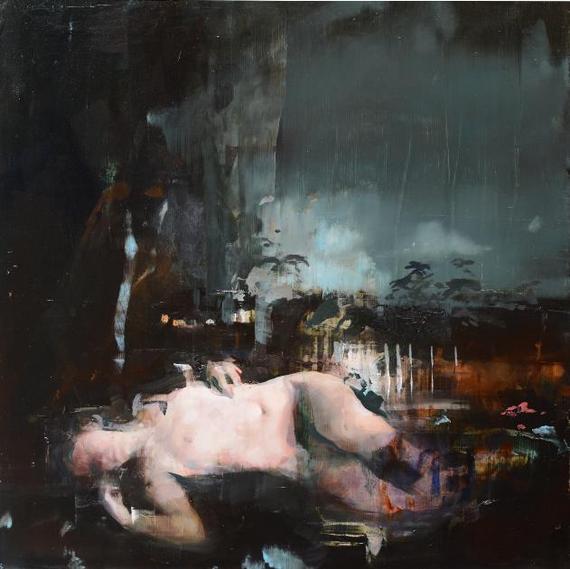
I feel slightly outside of the both, so I think if I was ever "shaped" by anything it was by my inability to identify with either culture completely. One foot in Russia and Europe, the other one in America, and both are not too firmly planted. What began as a disorienting experience when I arrived here "half-formed" as a person and as an artist, later became a liberating situation where I did not feel particularly deeply indebted to either culture, so I had to create my own artistic environment in which to function. At this point of my life I feel very connected to the American culture: its art, music, literature. The freedom, informality of it, its focus on intense personal experience, its love of understatement and implied depth. I love it all, it is a big part of who I am as an artist, but I didn't grow out of it, so I am free to pick and choose how seriously I wish to take any aspect of it.
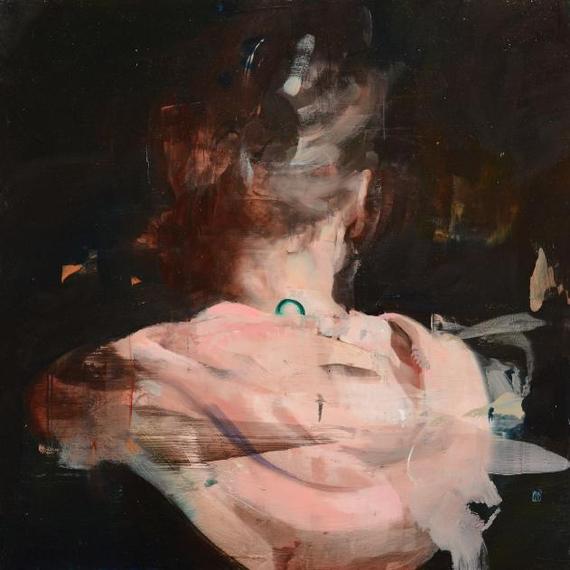
Bruce Samuelson, Sidney Goodman, Murray Dessner, Robert Roesch, to name a few of the most significant for me.
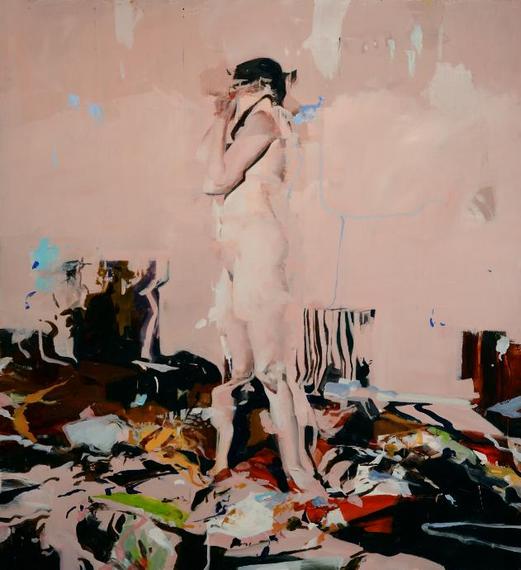
My show currently at the Dolby Chadwick Gallery is titled Unstable Equilibrium. If you have an orange and one of these smooth-bottomed salad bowls, you can drop the orange into the bowl and the orange will settle at the bottom of the bowl, in the center, where it will want to remain. You can push it, but it will roll right back to the center - that is a stable equilibrium. If you flip the bowl upside down, you can still balance the orange on the top.
However, when pushed, the orange will roll off and probably bounce off the table - unstable equilibrium. It will not return back to its original position but will instead produce dramatic and unexpected results. At the moment I am interested in making paintings that are a form of unstable equilibrium. You come to see a painting. Everything appears stable and harmonious for a moment. Maybe a little cryptic, like a narrative that doesn't quite add up.
The pieces don't connect into a coherent pattern, the statement, if there is one, is confusing. At this point a viewer assumes his or her own interpretation, contributing a narrative or a meaning from the outside of the painting. That meaning finds a resonance in the painting, like a face that reflects in a mirror suddenly in an unexpected way. The painting reflects what the viewer brought to it, and multiplies the impact of this contribution upon reflection. The orange rolls off the table. I am not quite sure if it is possible, but right now it seems to be a fascinating problem that I could enjoy whether I solve it or not, as an artist.
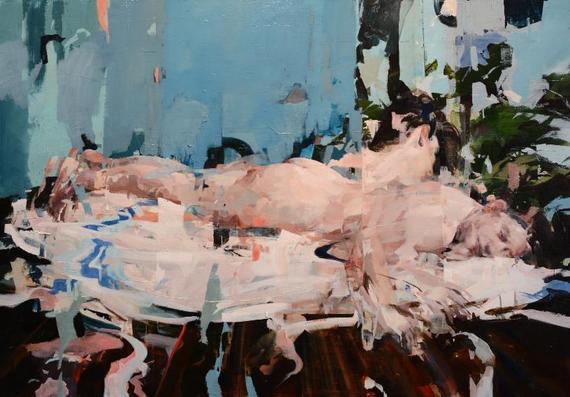
No. Instability clearly exist. It's a sign of life. A metaphor is a fanciful language construct that I don't employ in my work. The painting language is very direct and clear, unlike spoken language, and therefore does not require the use of metaphors.
What are your interests outside of art?
Not many. I ride bicycle, I have a subscription to Philadelphia Orchestra concerts, I like a good glass of wine. I feel like this begins to sound like a dating service profile. Next I will tell you how I like to take walks on a beach... Everything else is an interruption of my time in the studio. Sometimes pleasant, sometimes necessary, but thankfully always brief.
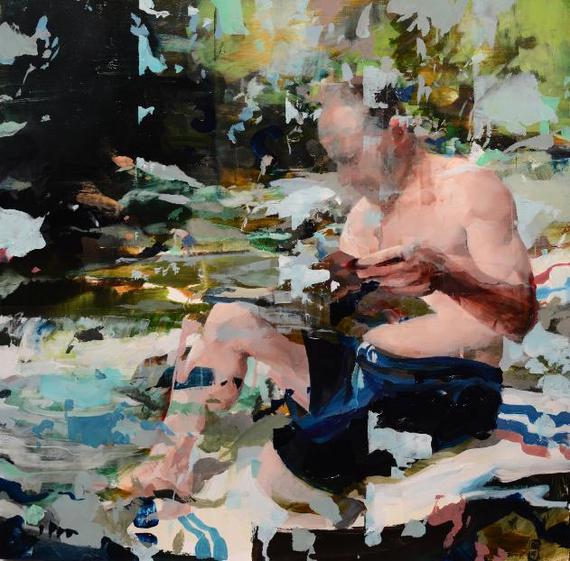
Not in any particular order: Edwige Fouvry, Ann Gale, Cecily Brown, Leon Kosoff, Antonio Lopez, Adrian Ghenie, Frank Auerbach, Liu Xiaodong, Terry Winters, Brice Marden.
Alex Kanevsky Unstable Equilibrium
October 1 -- 31, 2015
Dolby Chadwick Gallery
210 Post Street, Suite 205 San Francisco CA, 94108
